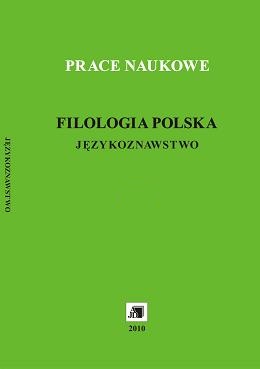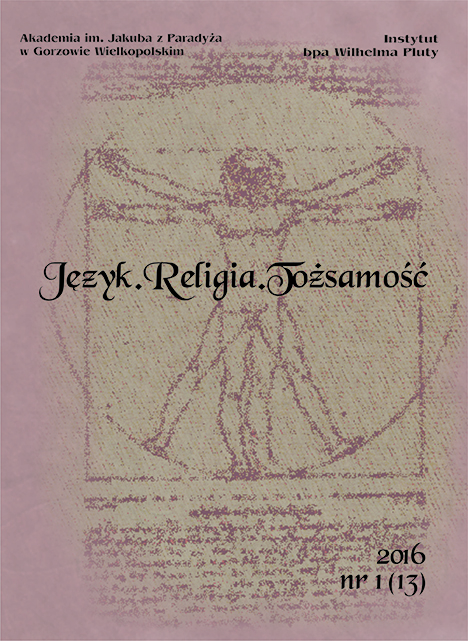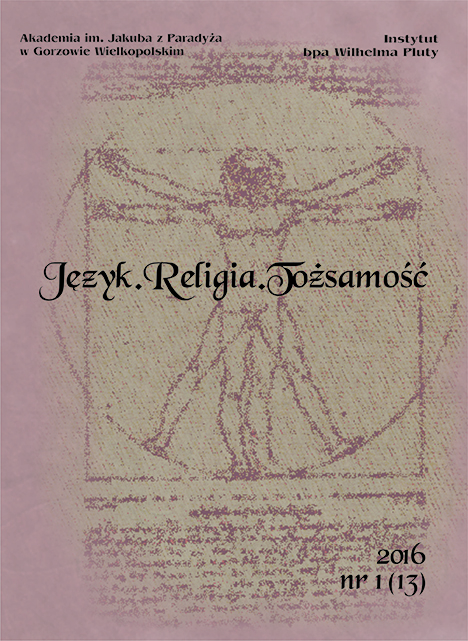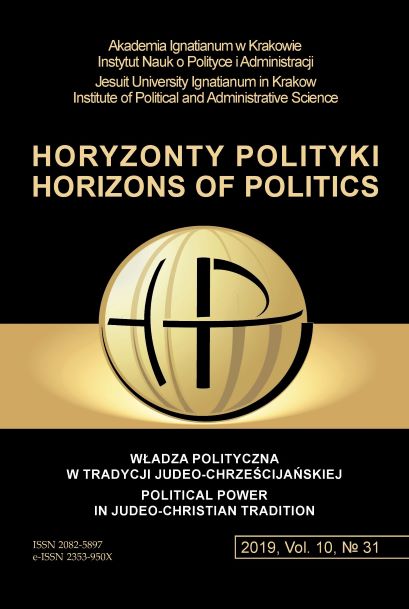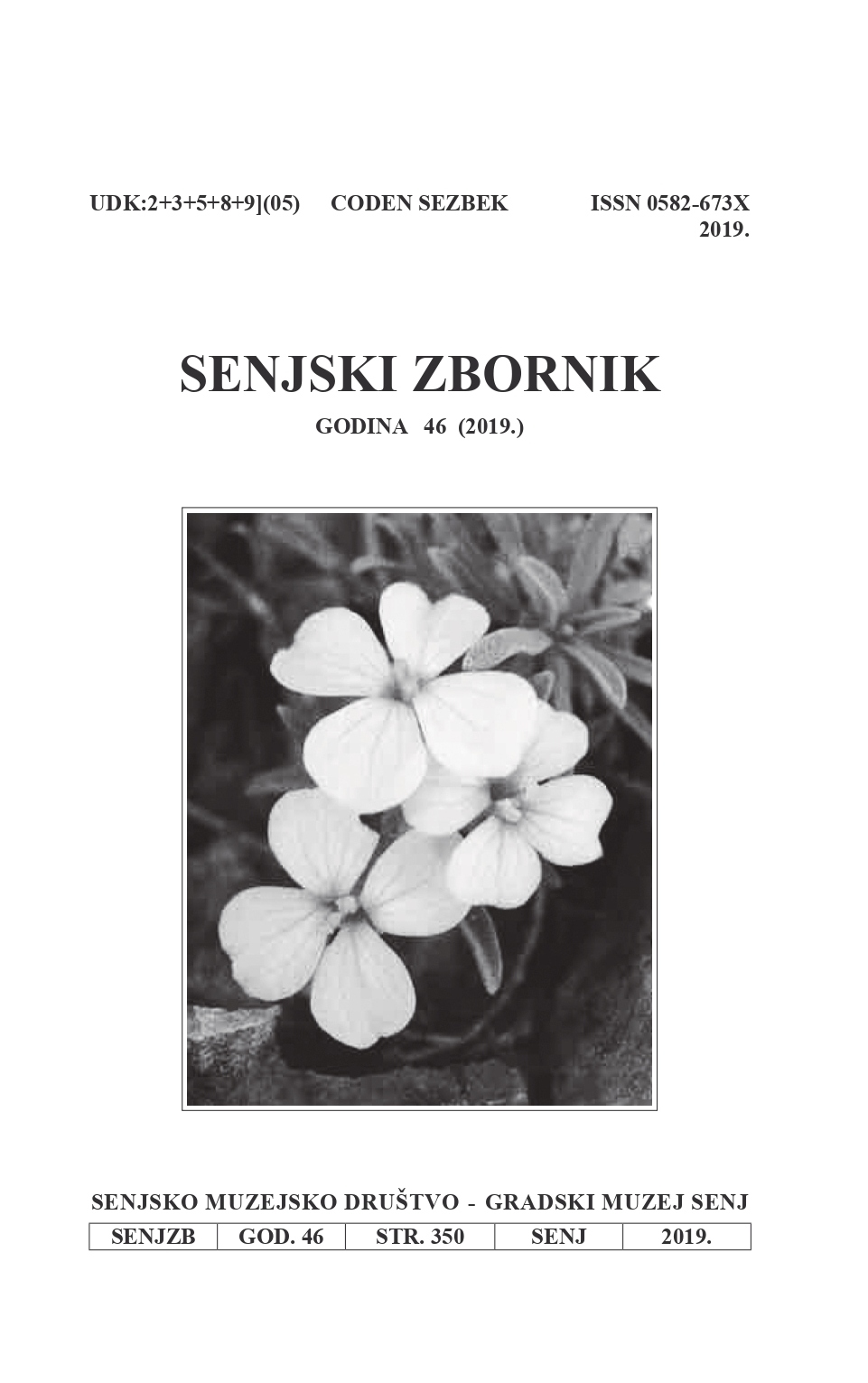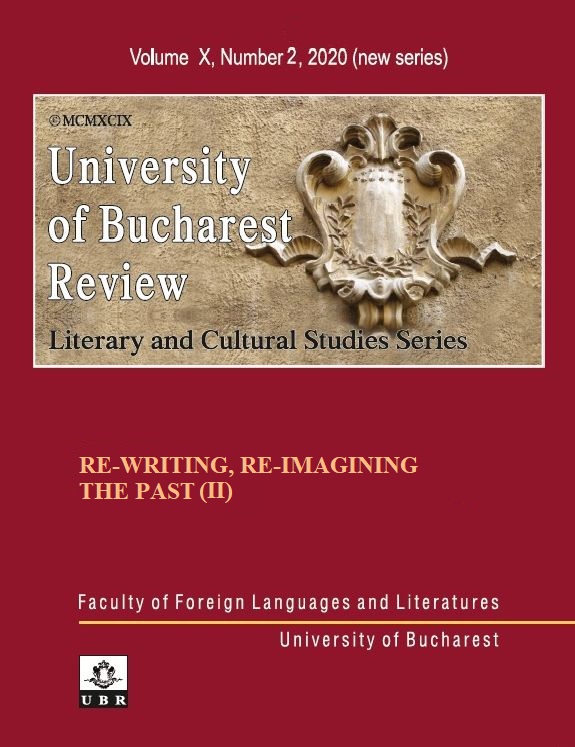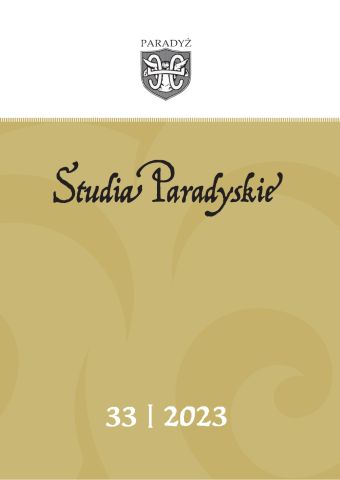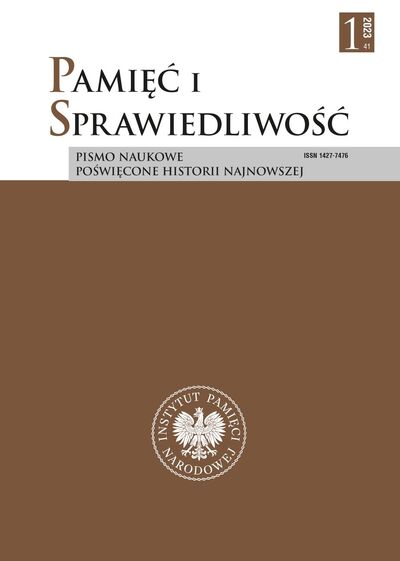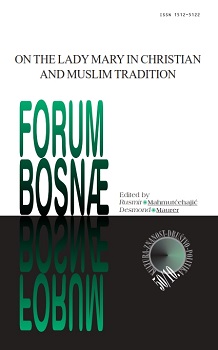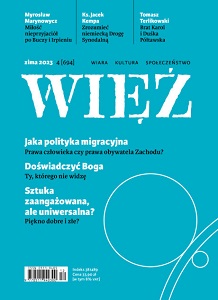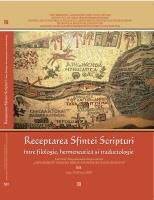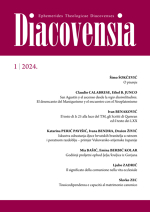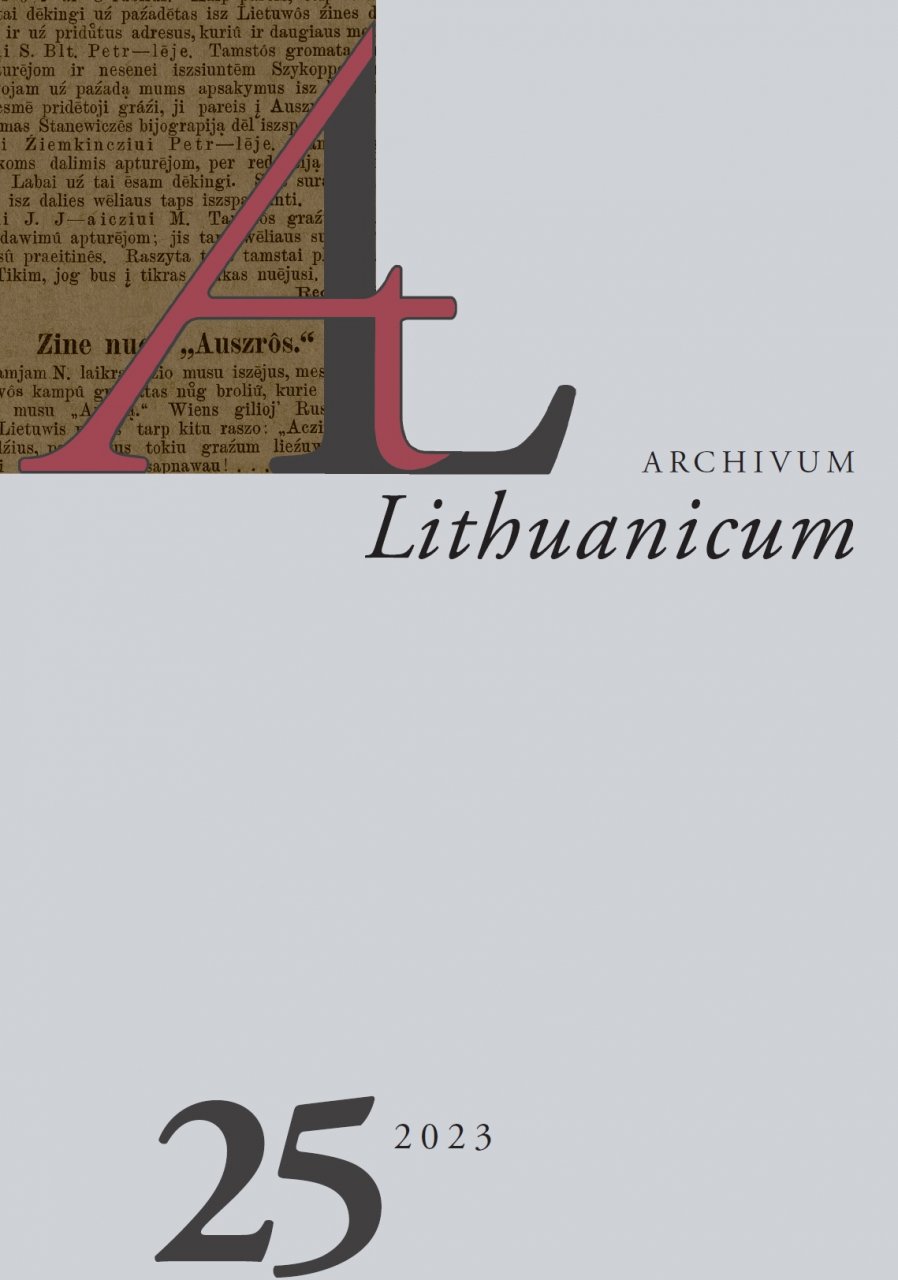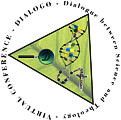Author(s): Nicușor Morlova / Language(s): English
Issue: 2/2024
Although our country has so far been bypassed by an aggressive phenomenon of migration, as has been happening for several decades in the West, nevertheless, in recent years, more and more emigrants from various countries with severe economic problems (Sri Lanka, Pakistan, India, Syria, Afghanistan, etc.) emigrated or were brought under employment contracts, to work in different fields of activity: construction, delivery, sanitation and others. The lack of local labour force, the majority of which emigrated, in turn, to the countries of the European Union, contributed significantly. This phenomenon comes with a series of challenges related to xenophobia, discrimination, racism, exploitation, abuse or even violence, generated by differences in mentality, culture, national identity or religion. From the perspective of the Orthodox Christian faith, we must address these challenges, referring to the landmarks we find in the Holy Scriptures and in patristic literature, trying to find those bridges of communication that could solve these problems.
More...
